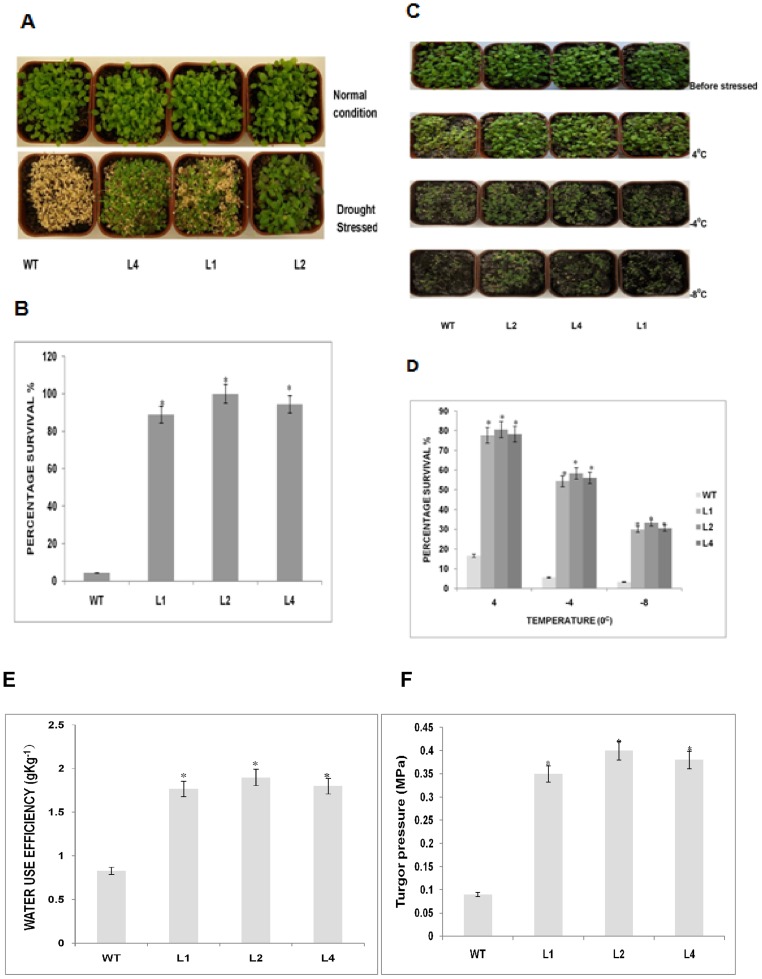Figure 3. Survival rates of GhSnRK2 transgenic plants under drought and low temperature stresses.
(A) WT and GhSnRK2 transgenic plants before and after drought stress. (B) Seedlings were cultured for 2 weeks with constant watering before the withholding of water. After 9 days without water, all of the plants were irrigated, and plant re-growth was scored 4 days later. The plants were scored as survivors if there were healthy green young leaves after re-watering. The survival rate was calculated as the ratio of the number of surviving plants to the total number of treated plants in the flower pot. Asterisk denotes a significant difference (P<0.05). (C) WT and GhSnRK2 transgenic plants before and after low temperature stress. (D) Survival rates under low temperature stress conditions. The survival rate after transferring 4-week-old GhSnRK2 transgenic and WT plants to a low temperature chamber at 4°C, −4°C or −8°C for 10 h, followed by returning the plants to normal growth conditions. Clearly green plants after returning to the normal growth condition were scored as survivors, and plants exhibiting clear signs of wilting were denoted as dead. The mean survival rates of the WT line were compared with those of the transgenic lines using Student's T-test. (E) The water use efficiency of the WT and GhSnRK2 transgenic plants. Asterisk denotes a significant difference (P<0.05).

